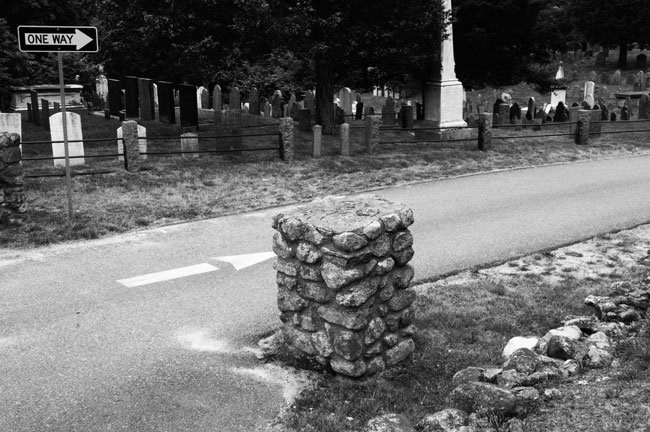By Chris Fuller,
The richness of religious traditions is that they manifest themselves through cultural influences as well as in doctrines and practices. In this way we can understand and appreciate the way that religion has shaped artists’ creative imaginations, even if they, themselves, no longer actively practice these traditions. I refer to it as the religious imagination. When I was a college professor, I taught a course titled “Theology and Film” that included a section on this topic where we explored the manifestation of the Catholic, Protestant, and Jewish imaginations in filmmakers like Francis Ford Coppola, Ingmar Berman, and Steven Spielberg. Within my own Catholic tradition, Fr. Andrew Greeley writes, “As Catholics, we find our houses and our world haunted by a sense that the objects, the events, and persons of daily life are revelations of grace” (The Catholic Imagination 1).
An artist who has interested me in this regard is Bruce Springsteen. Long noted for his attention to American landscapes and aspirations, his vision has also been shaped by his Catholic upbringing. He has shared, “I realized as time passed, that my music is filled with Catholic imagery.… There was a powerful world of potent imagery that became alive and vital and vibrant.” There are a variety of ways that Springsteen has given expression to his Catholic imagination. Most recently it has been through meditations on the communion of saints. In Catholic teaching this is “the communion of all the faithful of Christ, those who are pilgrims on earth, the dead who are being purified, and the blessed in heaven, all together forming one Church” (Catechism of the Catholic Church #962).
As he has grown older and grieved the death of family and band members, Springsteen’s work has focused increasingly on the meaning of death and its bearing on how we understand what it means to be a community. In “We Are Alive,” the scene is a graveyard where “at night the dead come to life,” and if we listen closely enough, we can hear their song:
We are aliveAnd though our bodies lie alone here in the darkOur spirits rise to carry the fire and light the sparkTo stand shoulder to shoulder and heart to heart.
More recently, he carries forward this theme in “I’ll See You in My Dreams,” where he sings in the chorus,
I'll see you in my dreamsWhen all the summers have come to an endI'll see you in my dreamsWe'll meet and live and love againI'll see you in my dreamsYeah, up around the river bendFor death is not the endAnd I'll see you in my dreams
Why is death not the end? Because, although he no longer practices the faith, Springsteen cannot escape his Catholic imagination which assures him that those who have gone before us remain with us in some type of spiritual communion.
 Christopher Fuller is the Vice President & Chief Sponsorship and Mission Integration Officer at Saint Joseph's College. Dr. Fuller has worked for twenty-five years in Catholic higher education. Prior to his position at Saint Joseph's, he was an associate professor of theology and Director of the Hunthausen Center for Peace and Justice at Carroll College in Helena, Montana. He also served as a campus minister for ten years at Saint Mary’s College of California. During his career, Dr. Fuller has worked collaboratively with people from a variety of faith backgrounds, both Christian and non-Christian. Dr. Fuller earned his bachelor’s degree in communications at UCLA, and his master’s degree in biblical studies and doctorate in interdisciplinary studies at the Graduate Theological Union in Berkeley, California. Chris and his wife, Martha, reside in Portland, Maine and have raised identical twin sons together.
Christopher Fuller is the Vice President & Chief Sponsorship and Mission Integration Officer at Saint Joseph's College. Dr. Fuller has worked for twenty-five years in Catholic higher education. Prior to his position at Saint Joseph's, he was an associate professor of theology and Director of the Hunthausen Center for Peace and Justice at Carroll College in Helena, Montana. He also served as a campus minister for ten years at Saint Mary’s College of California. During his career, Dr. Fuller has worked collaboratively with people from a variety of faith backgrounds, both Christian and non-Christian. Dr. Fuller earned his bachelor’s degree in communications at UCLA, and his master’s degree in biblical studies and doctorate in interdisciplinary studies at the Graduate Theological Union in Berkeley, California. Chris and his wife, Martha, reside in Portland, Maine and have raised identical twin sons together.


